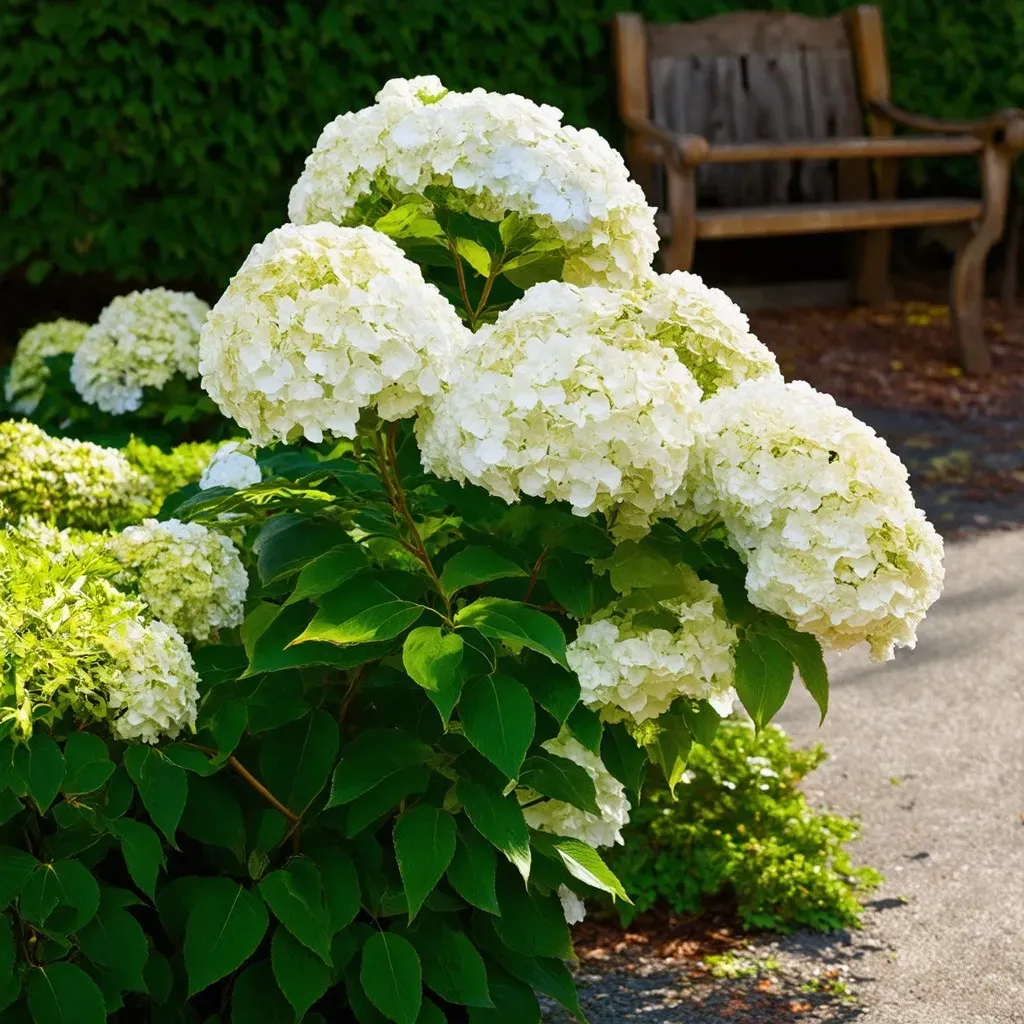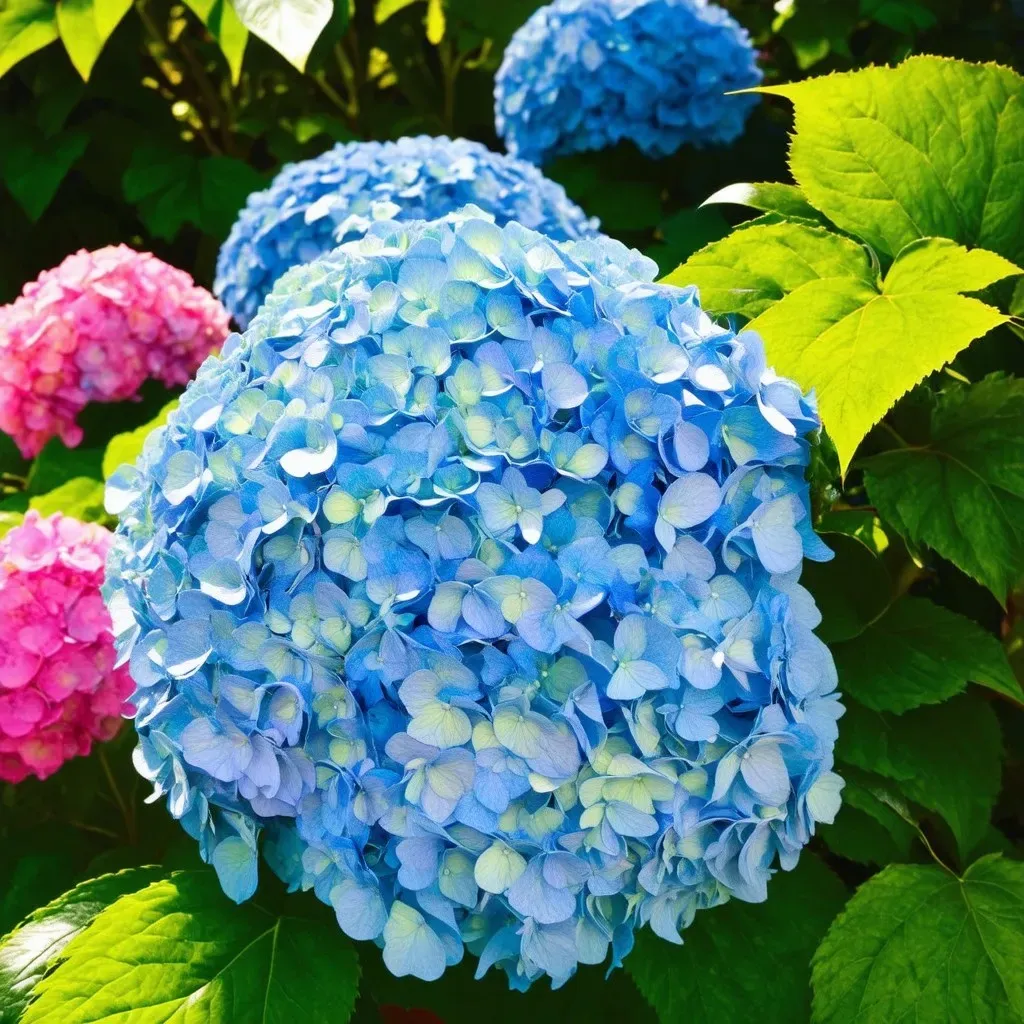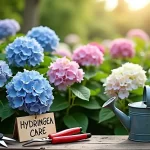Hydrangeas are typically celebrated for their vibrancy and colorful blooms, yet you may find yourself perplexed when your hydrangeas are stark white. There are many reasons why your hydrangeas might be white, including genetic factors, soil pH, environmental effects, and even care practices.
The transformation of hydrangeas into various colors is a fascinating subject. While certain hydrangeas maintain their original hues, Others change color depending on multiple factors, particularly soil conditions.
Understanding the Color Spectrum of Hydrangeas
Hydrangeas boast a spectrum of colors, including blue, pink, purple, and white. However, the color you see in your hydrangeas can largely be influenced by the variety of hydrangea you have, the pH of the soil, and even the climate. Below are various factors that lead to your hydrangeas appearing white:
Factors Influencing Hydrangea Color
| Factor | Effect |
|---|---|
| Genetic Factors | Specific hydrangea varieties bloom white. |
| Soil pH | Acidic soil typically produces blue blooms, while alkaline can lead to pink. White hydrangeas may not change. |
| Environmental Conditions | Weather extremes can cause stress affecting flower color. |
| Care Practices | Over or under-watering, incorrect fertilization impacts blooms. |
| Age of Plant | Older plants may show shifts in coloration due to stress or change in soil quality. |
Genetic Factors
Some varieties of hydrangeas are genetically predisposed to produce white flowers. For example, the hydrangea macrophylla and Hydrangea paniculata are known for their ability to flaunt stunning white blooms without changing color. In contrast, varieties like the Endless Summer series could present turns from blue to pink, depending on soil pH.
Soil pH and Hydrangea Color
The pH level of your soil is a strong determinant of hydrangea bloom color. This can be quite interesting. Here’s a breakdown:
- Acidic Soil (pH below 6): Hydrangeas tend to produce blue flowers.
- Neutral Soil (pH around 7): Delicate colors like lavender or purple blooms appear.
- Alkaline Soil (pH above 7): Pink to red hues develop.
Interesting Fact: White hydrangeas are less affected by pH compared to blue and pink varieties. They maintain their color regardless of the soil conditions, leading to their consistent popularity among gardeners aiming for a splash of white.
Environmental Factors
Indeed, the environment also plays a significant role in the color and vitality of your hydrangeas. Harsh weather conditions like excessive heat or unexpected frost can stress the plants, potentially leading to white petals or a fading in bloom intensity.
Care Practices
Proper care, including watering frequency, fertilization, and pruning, can impact the bloom colors of hydrangeas. Below are some fundamental care tips:
- Watering: Hydrangeas love moisture; ensure they are watered consistently, especially during dry spells.
- Fertilization: Over-fertilizing could harm the plants; use a balanced fertilizer.
- Pruning: Prune at the right time according to the variety. Early spring is often the best time for many species.
FAQs about White Hydrangeas
1. Can my white hydrangeas turn pink?
While white hydrangeas are generally stable in color, some varieties might show hints of pink. This is often due to stress or environmental conditions, but it is not typical.
2. How do I keep my white hydrangeas white?
Maintaining white hydrangeas primarily involves ensuring consistent moisture, appropriate light conditions, and minimal stress from environmental changes. Fertilize cautiously and avoid over-pruning.
3. Why are my colored hydrangeas turning white?
Several reasons can cause this transformation:
- Aging of the plant,
- Heat stress from warmer weather,
- Improper care (under-watering or over-fertilization).
Health Impacts on Hydrangeas
Hydrangeas can sometimes succumb to pests and diseases that affect the color quality of their blooms. Here are typical issues to watch out for:
| Problem | Signs | Solutions |
|---|---|---|
| Powdery Mildew | White dust on leaves and blooms | Improve airflow and apply fungicide. |
| Aphids | Distorted leaves, stunted growth | Use insecticidal soap or neem oil. |
| Root Rot | Wilting leaves despite moisture | Ensure good drainage in pots/garden beds. |
Maintaining Hydrangea Colors
Maintaining the bloom colors of hydrangeas involves understanding the specific needs of the variety you have in your garden. Here are some considerations:
- Choose the Right Variety: Opt for naturally white varieties, like Annabelle, if you want consistent white blooms.
- Monitor Soil pH: Use pH test kits to determine soil acidity and adjust accordingly.
- Watering Schedule: Keep the soil evenly moist but avoid waterlogging by ensuring good drainage.
- Seasonal Care: Adapt your care as seasons change to mitigate stress.

The Mystery of Color Change
The ability of some hydrangeas to shift color is a captivating phenomenon for many gardeners. These changes are directly linked to pH levels in the soil. For gardeners looking to encourage specific coloration, there are practical steps to modify the soil:
- To achieve blue: Incorporate aluminum sulfate into the soil.
- To achieve pink: Use lime to raise soil pH levels.
- For neutral tones: Keep the soil as is with balanced nutrients.
Closing Thoughts
Understanding the factors that cause your hydrangeas to bloom white or change color is essential for any gardener. Regular maintenance and awareness of soil conditions will empower you to make informed decisions about nurturing these remarkable plants. By tuning into the specific needs of your hydrangeas and addressing any potential issues promptly, you can enjoy their beauty in full color all season long.
For more information on Hydrangea Care and maintenance, you may find this reference helpful.



